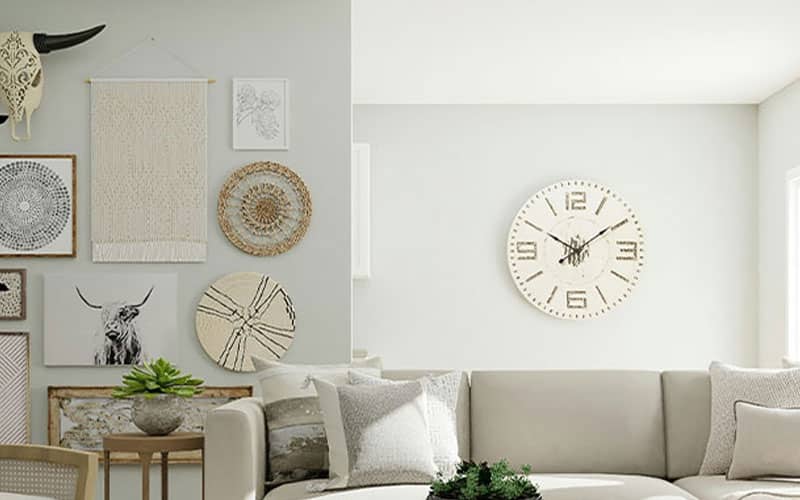Earthwool® FloorShield underfloor batt has been designed specifically to be easily installed overhead in tight crawl spaces. The glasswool batts are of consistent high quality and are soft to handle. Detailed instructions come with each pack, ensuring that even the most inexperienced of installers will be able to work productively.
If you’re planning to install your Earthwool® FloorShield underfloor insulation yourself, that’s great. We love it when people get into a bit of DIY, and we try to help as much as possible. But before you begin, please download and read the instructions from the link above, check out the short video and tips below, and always make sure you have the right tools on hand.



